Flour is the foundation of countless recipes, and the way it’s significantly milled impacts the flavor, texture, and nutritional quality of the baked goods it produces. For many bakers and food lovers, the choice between stone-ground flour and roller-milled flour is essential, especially when it comes to organic flour made from high-quality wheat. Understanding the milling process behind each type can help you decide which flour is best suited for your needs.
Flour milling is a crucial process in the food industry, impacting the quality and variety of baked goods available to consumers.
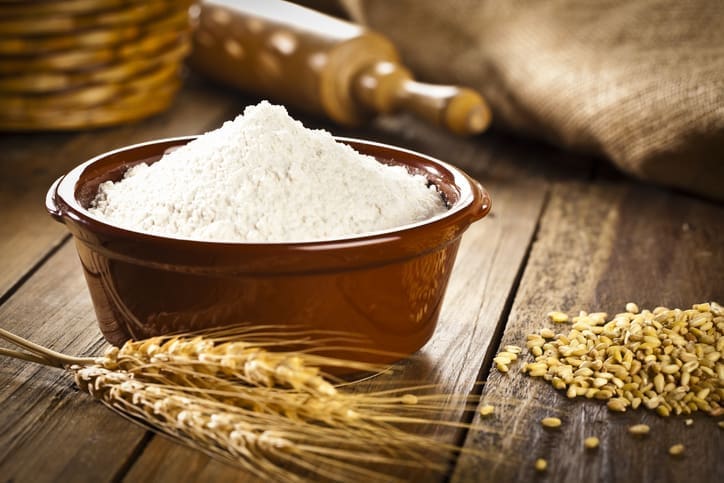
Flour milling is an essential process that transforms grains into flavorful flour in our kitchens. This process involves using a milling machine to remove material from grains, resulting in a product that is fundamental to baking breads, pies, and other delicious baked goods.
Stone-milled flour, made using traditional methods, involves grinding organic wheat on stone mills. This age-old process helps retain healthier fiber, protein, and nutrients than factory-made flour. The milling process consists in using milling cutters to cut and remove material from the grains, and the type of milling cutter used can significantly affect the quality and flavor of the final product.
Milling operations are versatile, producing various types of flour, including whole wheat, all-purpose, and bread flour. Precision and accuracy are crucial in the milling process to ensure high-quality flour. The use of a milling machine allows for mass production, making flour more widely available to bakers and consumers. However, the flour quality can be influenced by factors such as the type of grain used, the milling process, and the equipment employed.
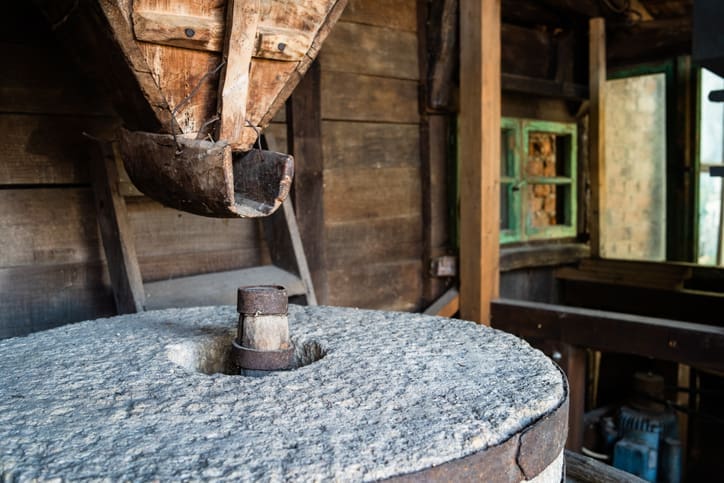
Stone-ground flour, also known as stone-milled flour, is created through a traditional method that uses large, heavy stones to grind the whole grain slowly and gently. This process contrasts sharply with modern milling techniques that rely on high-speed steel rollers.
The milling machine used in stone grinding operates at a lower spindle speed, which reduces heat buildup during the process. Heat can degrade delicate nutrients and proteins found in the wheat, so the gentle action of the stones helps preserve the natural qualities of the grain. Because the milling stones crush the grain, or workpiece, rather than cutting it, more of the grain’s fiber, bran, and germ remain intact, resulting in a flour rich in vitamins, minerals, and dietary fiber.
This slow grinding process creates a flavorful flour ideal for rustic, hearty baking, such as sourdough bread, whole-grain breads, and certain pie crusts. The slightly coarse texture of stone-ground flour adds a distinctive texture and taste that many artisan bakers prize.
The milling operations for stone-ground flour differ significantly from those used in roller milling. In stone milling, the grain passes between two stones that rotate in opposite directions, crushing the kernels in a controlled manner. This method relies on the natural crushing and grinding, avoiding the high-friction heat generated by cutting tools.
By comparison, roller milling uses steel rollers and cutting tools to shear and grind the grain. These cutters are part of an exact milling machine setup, designed for mass production with high efficiency. The rollers operate at higher spindle speeds, slicing the grain into finer particles. Managing the thickness of chips during the milling process is crucial for achieving stability and precision.
Some technical terms borrowed from machining and manufacturing help explain aspects of roller milling. For example, climb milling, profile milling, and end milling refer to different cutting techniques involving the direction and depth of cut, which analogously relate to how rollers engage the grain during processing. The cutting speed, feed rate, and cutting depth are all parameters carefully controlled to produce flour with a uniform texture. These steps are crucial to achieving the desired quality and specifications of the final part produced.
While roller milling excels at producing fine, consistent flour with a long shelf life, it often strips away the bran and germ, removing valuable nutrients. Stone grinding retains these components, which explains the richer nutrient profile and more complex flavor.

One key benefit of stone-ground flour is its ability to retain the whole grain’s nutritional integrity, making it one of the most nutritious materials used in baking. The natural oils and proteins remain intact because the milling process is gentler and does not generate as much heat. This helps preserve the protein content and supports better gluten development in breads. Stone-ground flour’s coarser texture and higher bran content create a more complex flavor profile, often described as nuttier or earthier.
In contrast, roller-milled flour tends to be finer and lighter, making it suitable for soft cakes, pies, and pastries. However, this comes at the expense of some nutritional value due to removing the bran and germ. The refined nature of roller-milled flour results in a more neutral flavor that works well for delicate baked goods.
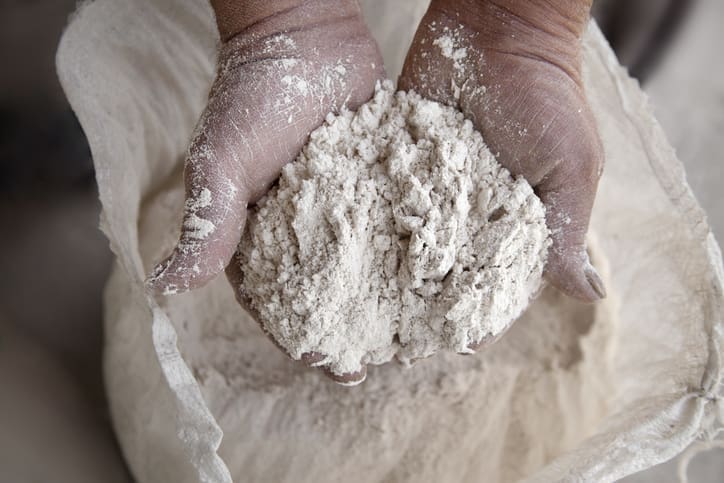
For artisan bakers, the choice of flour is crucial. Many prefer stone-ground organic flour for its ability to enhance the taste and texture of naturally leavened breads like sourdough bread. The higher bran content contributes to the bread’s chewiness and complex aroma. The slightly coarse texture also creates a rustic crumb and crust that many consumers associate with traditional baking. The unique qualities of stone-ground flour make it a favorite among artisan bakers and their customers, who appreciate its enhanced taste and texture in baked goods.
Recipes calling for stone-ground flour often benefit from longer fermentation, allowing natural enzymes and acids to develop more fully, enriching flavor. This makes stone-ground flour a favorite among bakers who value authenticity and quality over the convenience of mass-produced flour.

Choosing organic flour—whether stone-ground or roller-milled—means supporting sustainable agricultural practices. Organic wheat is grown without synthetic pesticides or fertilizers, promoting healthier soil and biodiversity. Organic certification ensures that the entire process, including milling operations, adheres to strict standards that prioritize environmental and consumer health. Ensuring a steady supply of high-quality organic grains is essential for maintaining the standards of organic flour production.
Many stone-ground flours come from smaller, family-run mills that focus on preserving traditional methods. These mills often emphasize maintaining the quality and integrity of the grain, using carefully maintained milling machines that slow down the process and minimize damage to the kernels.
Modern milling, especially roller milling, involves sophisticated equipment that maximizes efficiency and consistency. Modern milling machines can process various materials, including graphite, essential for specific high-precision applications. The milling machines use multiple sets of rollers and cutting tools to break down the grain, separate components, and refine the flour. Parameters such as spindle speed, feed rate, and the tool’s direction are carefully adjusted to optimize the process. The combination of cutter rotation and part rotation in advanced milling machines allows for producing complex features. The point at which a cutting tool needs replacement is crucial for maintaining the quality of the milled flour.
The milling equipment’s precision allows for the creation of various types of flour—such as high-protein bread flour or softer cake flour—by controlling how much of the bran and germ is removed. After milling, some flours undergo post-processing steps like sifting or bleaching to further refine the product.
Stone milling equipment is simpler but requires careful maintenance to keep the milling stones in optimal condition. The stones must be dressed (reshaped) periodically to ensure a uniform grind, which impacts the final flour quality.
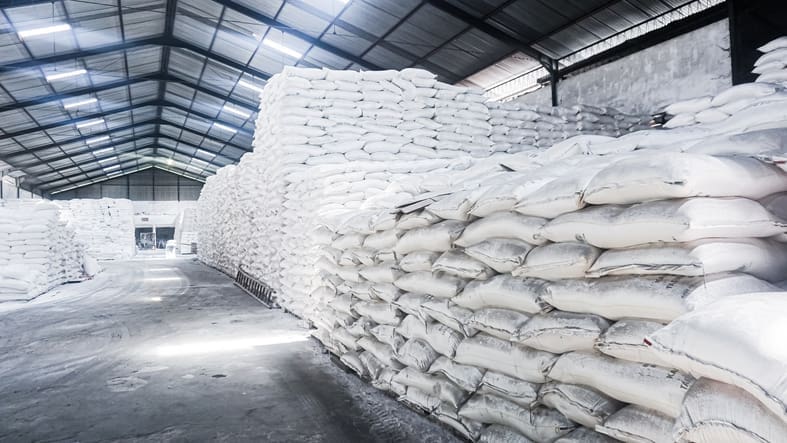
The flour production can have a significant environmental impact, particularly regarding energy and water usage during milling. Stone mills, however, can mitigate some of this impact by using less energy and producing less waste. Additionally, organic farming practices contribute to reducing the environmental footprint by employing natural methods to control pests and diseases.
The transportation of flour from the mill to the bakery or consumer also has an environmental impact, involving the use of fossil fuels and the production of greenhouse gases. Using locally sourced grains and milling operations can reduce transportation costs and support local economies, thereby lessening the environmental burden.
The milling process can produce waste, including bran and germ, which can be repurposed as animal feed or other products. Milling machines and other equipment also generate waste, such as metal and plastic parts. Sustainable practices like using renewable energy sources and minimizing water usage are essential to reduce the environmental impact.
Flour production also has a social impact, supporting local economies and providing employment opportunities. For bakers and consumers concerned about sustainability, considering the environmental effects of flour production is crucial.
The cost of flour can vary widely depending on the type and quality, as well as the location and availability. Stone-milled flour, for instance, tends to be more expensive than factory-made flour due to the labor-intensive process and high-quality ingredients. Factors such as transportation costs, storage costs, and market demand also play a role in determining the price.
Availability of flour can be influenced by the mill’s location, the type of grain used, and the demand for the flour. Milling machines and other equipment facilitate mass production and distribution, increasing the availability of flour. Government policies and regulations, such as tariffs and subsidies, can also impact the cost and availability of flour.
While more expensive, high-quality flour can be harder to find. Demand for flour affects its cost and availability, with high demand often leading to higher prices and lower availability. Online platforms and direct-to-consumer sales can help increase availability and reduce costs by eliminating intermediaries.
For bakers and consumers seeking high-quality and affordable ingredients, understanding the cost and availability of flour is essential.
Ultimately, the choice between stone-ground flour and roller-milled flour depends on your baking goals and preferences:
Understanding the difference between these two types of flour can help you make an informed choice based on your baking needs.
Both options are available in organic varieties, supporting sustainable farming and responsible organic production methods.
For those interested in experimenting with these flours, here are a few tips:
Whether working on a simple loaf of bread or an elaborate pastry project, choosing the right type of flour is crucial for success.
If you’re curious about recipes that highlight the qualities of each flour, let me know—I’d be happy to share some favorites!
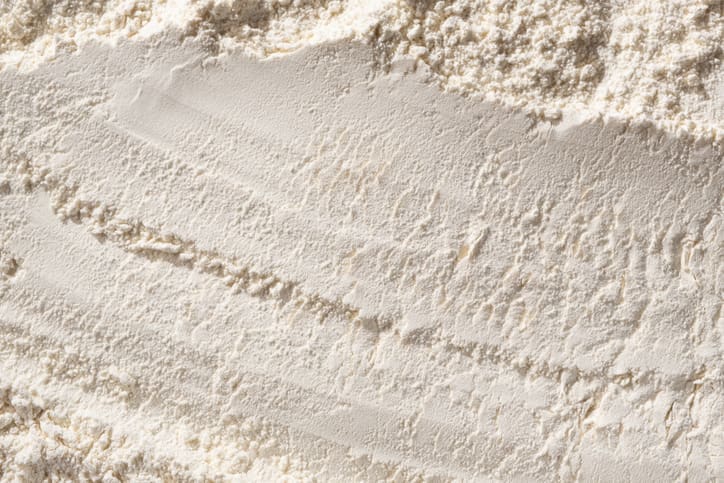
Understanding the differences between stone-ground and roller-milled flour reveals how milling techniques affect flour quality, flavor, and nutrition. Stone-ground flour offers a traditional, nutrient-dense option with rich flavor ideal for artisan baking, while roller-milled flour provides a fine, consistent texture for delicate baked goods.
Whichever flour you choose, organic ensures you support sustainable farming and enjoy wholesome, chemical-free food. Embracing these milling methods connects us to the centuries-old craft of flour production and elevates the quality of what we bake and eat. It’s important to note that the choice of milling technique can significantly impact the nutritional quality and flavor of the flour.

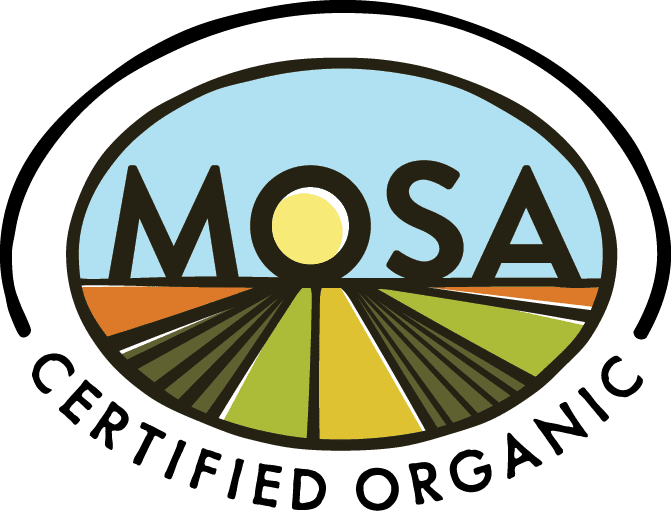





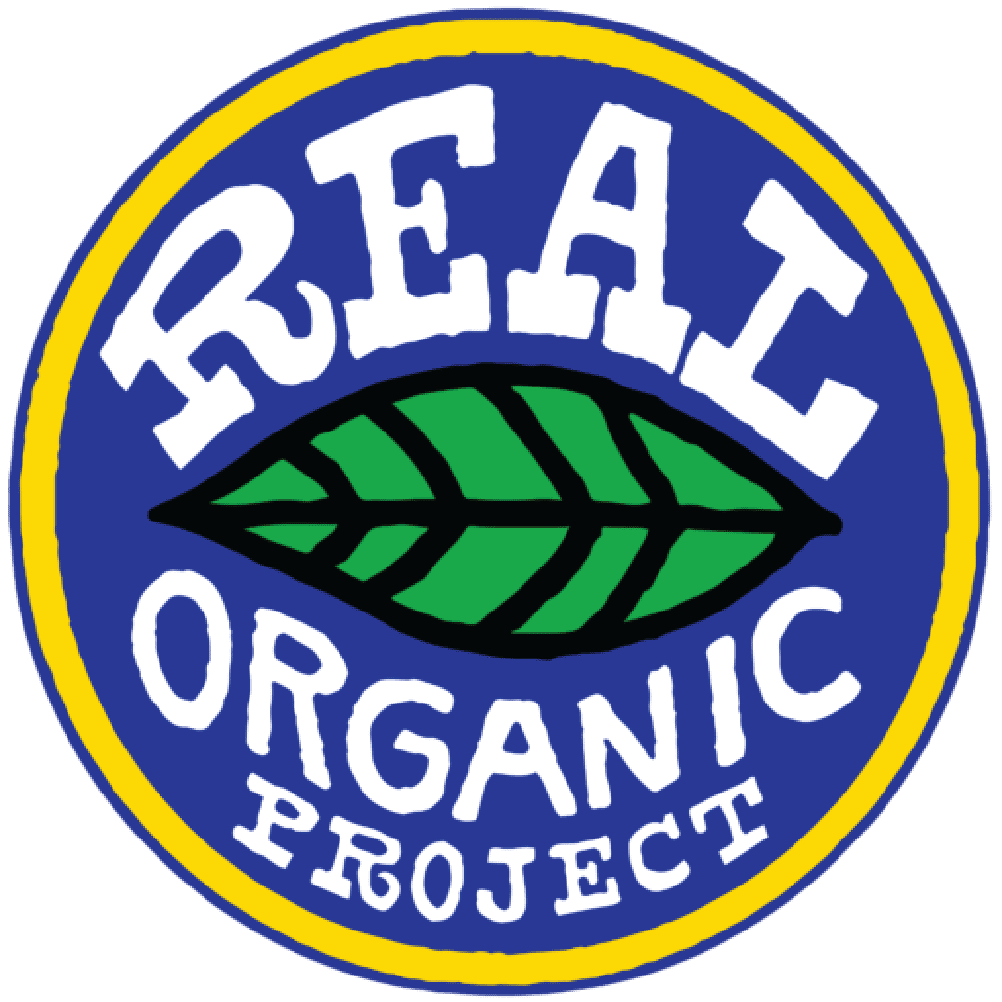

Sign Up for Exclusive Updates, Current Events, Recipes, and Special Offers and more!